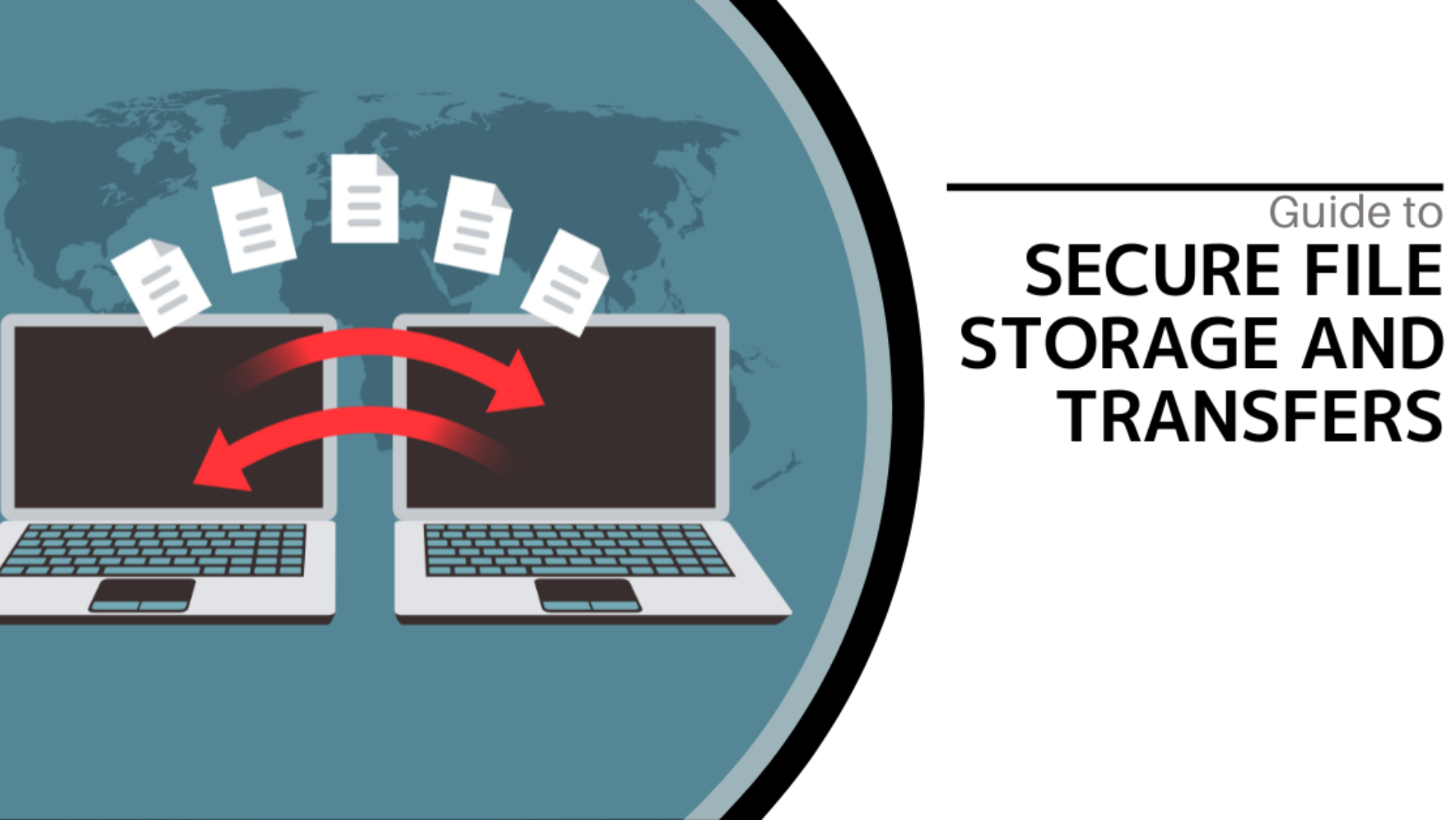Secure your data under lock and key
Data is the lifeblood of your business.
4 min read
 Ashley Wheeler
:
Feb 19, 2025 10:00:00 AM
Ashley Wheeler
:
Feb 19, 2025 10:00:00 AM
Encryption is a powerful method used to secure data, turning readable information into an unreadable format. This process ensures that only those with the correct decryption key can access the original content. In today’s digital world, where data breaches and cyber threats are rampant, encryption plays a crucial role in protecting your privacy and sensitive information. In this guide, we’ll explore how encryption works, the different types of encryption methods, and how encryption affects our daily lives.
Encryption is like a secret code that transforms readable text into unreadable text. This unreadable version is called ciphertext. Only individuals who possess the correct decryption key can convert the ciphertext back into its original, readable format, known as plaintext.
We use encryption to protect sensitive information from unauthorized access. Whether it’s personal data, financial transactions, or private communications, encryption ensures that the data remains secure, even if it is intercepted by hackers or malicious actors. In essence, encryption helps preserve privacy, confidentiality, and security in the digital world.
Encryption relies on mathematical algorithms and cryptographic keys. Let’s break it down:
There are two main types of encryption methods: symmetric and asymmetric encryption. Each has its strengths and applications.
In symmetric encryption, the same key is used for both encryption and decryption. The sender and the receiver share this key, making it fast and efficient. However, the key needs to be kept secret. If it is exposed or stolen, anyone with access to it can decrypt the data.
Advantages:
Challenges:
Asymmetric encryption uses two different keys: a public key and a private key. The public key is used to encrypt the data, while only the private key can decrypt it. The public key is shared openly, but the private key remains confidential, making this method more secure.
Advantages:
Challenges:
Several encryption methods are widely used today, each designed for different security needs. Here are some of the most common:
AES is one of the most widely used encryption algorithms, known for its security and efficiency. AES is a symmetric encryption method that can use key sizes of 128, 192, or 256 bits. The longer the key, the harder it is for an attacker to break the encryption.
Why It’s Popular:
RSA is an asymmetric encryption method that uses a pair of keys: a public key to encrypt and a private key to decrypt. RSA is widely used for secure data transmission, especially in scenarios like online banking and secure email communication.
Why It’s Popular:
DES was once the go-to symmetric encryption algorithm, but its 56-bit key length is now considered insecure due to advances in computational power. It has largely been replaced by AES for modern encryption needs.
Why It’s Obsolete:
ECC is an asymmetric encryption method that uses elliptic curves to create secure keys. It offers higher security with smaller key sizes compared to other asymmetric algorithms like RSA, making it particularly efficient for mobile devices and IoT applications.
Why It’s Gaining Popularity:
Encryption is not just something that happens behind the scenes in tech companies or governments; it’s an integral part of our daily lives. Here are a few examples of how encryption helps secure everyday activities:
When you make a purchase online, encryption protects your credit card information. Secure websites use SSL/TLS encryption to ensure that your payment details are transmitted safely, protecting them from cybercriminals.
Look for: HTTPS in the URL and a padlock symbol in the browser address bar to confirm encryption is in use.
Many popular messaging apps, like WhatsApp and Signal, use end-to-end encryption to keep your conversations private. This means that even the app providers cannot read your messages.
Why It Matters: Only you and the recipient can decrypt and read the messages, ensuring privacy.
Many email services use encryption to protect your emails from being intercepted while in transit. This is particularly important for business communications, personal messages, and any emails containing sensitive information.
How It Works: Email encryption can be implemented using PGP (Pretty Good Privacy) or S/MIME (Secure/Multipurpose Internet Mail Extensions).
While encryption is essential for data security, there are some challenges to consider:
One of the biggest challenges with encryption is managing the keys securely. If a key is lost, the encrypted data becomes inaccessible. Additionally, if keys are not stored properly, they can be compromised by attackers.
Solution: Use key management systems (KMS) to securely store and rotate encryption keys.
Encryption requires computational resources, and this can slow down systems, especially when dealing with large volumes of data. For example, encrypting and decrypting large files or databases can be time-consuming.
Solution: Use hardware acceleration or cloud-based encryption solutions to improve performance without sacrificing security.
To maximize the security benefits of encryption, consider adopting these best practices:
Encryption is only as secure as the keys that protect it. Make sure you use strong, unique passwords for your accounts and devices. This makes it harder for attackers to gain access to your encrypted data.
Tip: Use a password manager to generate and store complex passwords securely.
Ensure that your operating system, applications, and security software are regularly updated to protect against known vulnerabilities.
Why It’s Important: Software updates often include patches that fix security flaws, keeping your data safe from exploits.
Public Wi-Fi networks are not secure, which makes them an attractive target for hackers. Avoid using public Wi-Fi for sensitive transactions unless you’re using a VPN (Virtual Private Network) to encrypt your internet connection.
Tip: Always connect to a VPN when using public Wi-Fi to protect your data from being intercepted.
Encryption is a crucial tool for safeguarding your digital privacy and data. Whether you’re shopping online, sending messages, or managing sensitive information, encryption plays a key role in keeping your data secure. By understanding the different encryption methods and how to use them, you can make more informed decisions about your digital security.
If you need more guidance on protecting your data or implementing encryption solutions, contact us today! We can help you choose the right encryption methods and security practices for your personal or business needs.

Data is the lifeblood of your business.

Storing and transferring files is part of our everyday lives, but keeping them safe is not always easy. In this guide, we’ll help you understand how...

I've been going through the X-Files series again. I started with season one and have now made it to mid-season two. I have been thoroughly enjoying...